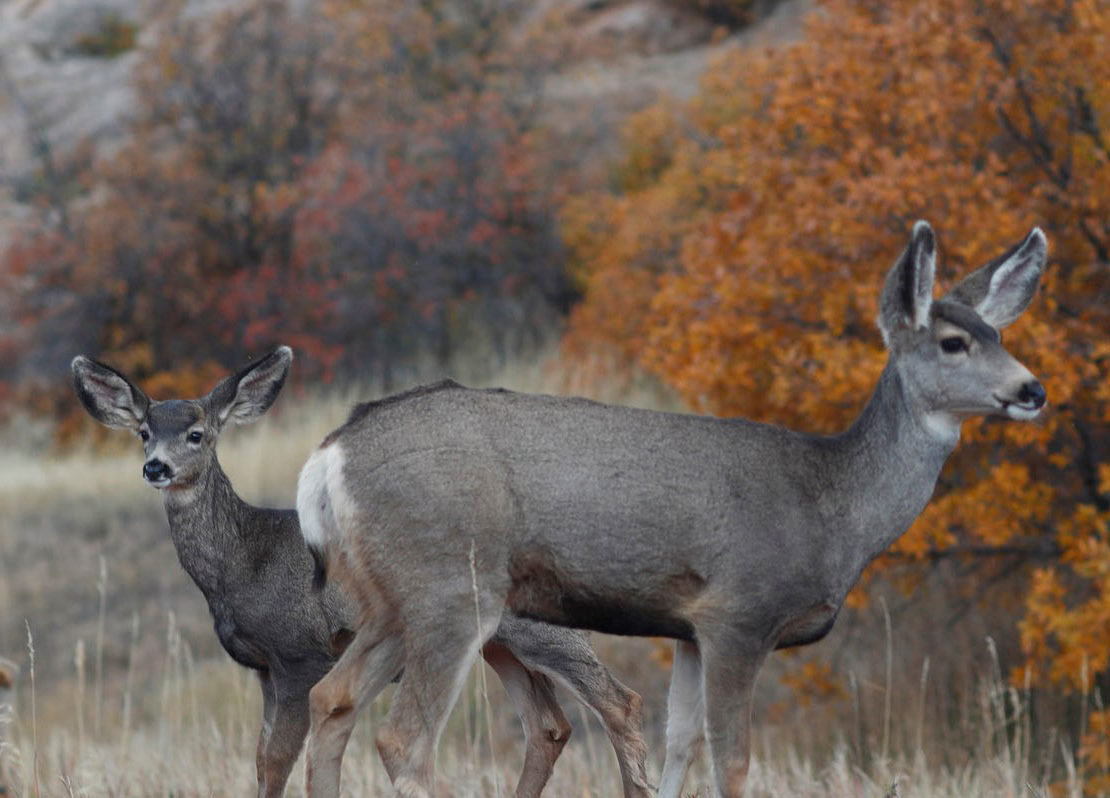
Canada Lynx
The Canada lynx is a threatened species that was reintroduced to Colorado twenty years ago. Logging, roads, housing developments, oil drilling and mining have disrupted lynx habitat, making it harder for the lynx to survive.
A medium-sized cat with long ear tufts and a short tail with a black tip, the lynx require a mixed habitat that includes younger forests with thick vegetation for hunting small prey and older forest with full canopy cover for denning. The Rio Grande National Forest provides core habitat for the lynx in Colorado. Lynx are solitary animals and usually hunt and travel alone at night. Their over-sized paws help them navigate across deep snow drifts in winter.







